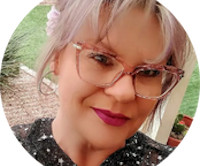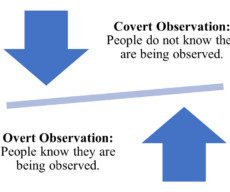Applying Quality Assurance and Quality Improvement (QA/QI) in Grant Management Strategies
Grant Professionals Association
AUGUST 27, 2024
QA/QI is also a criterion funders often use in reviewing and selecting grant application requests to fund. But, does QA/QI also have a place in a nonprofit organization’s successful grants management strategy? Two different kinds of experiences supported this author’s development as a grant professional.













Let's personalize your content